Uncategorized
Crypto Daybook Americas: Bitcoin Bargain Hunting Faces Crucial Jobs Report Test

By Omkar Godbole (All times ET unless indicated otherwise)
The crypto market has regained some stability, with BTC rising back to nearly $95K as order books signaled the presence of bargain hunters. Late Wednesday, prices tested the long-standing support zone of $90K-$93K, which has successfully halted downward movements at least six times since the second half of November.
This latest bounce will be tested by Friday’s U.S. nonfarm payrolls report, which is anticipated to show an addition of 164,000 jobs in December, following November’s gain of 227,000, per FXStreet. The unemployment rate is expected to match November’s pace of 4.2%, while average hourly earnings are projected to cool slightly to 0.3% month-on-month, down from 0.4%.
A stronger-than-expected jobs report could add to the existing hawkish Fed fears, further increasing inflation-adjusted bond yields. These yields have been rising due to inflation worries, complicating matters for risk assets. The inflation scare and rates volatility likely catalyzed BTC’s rapid descent from $102K to $93K in the past four days.
To illustrate just how bearish sentiment was early today, the funding rate in perpetual markets turned negative, representing a dominance of shorts, that too at a time when BTC is just 15% away from its record high.
The prevalence of the Fed-led pessimism means any sign of weakness in the payrolls figure will likely trigger sharp market reactions, reviving the case for Fed rate cuts and shifting sentiment markedly in favor of risk assets. If the data misses estimates by a wide margin, BTC could easily make another attempt at $100K, provided the U.S. government, which holds approximately $18.50 billion worth of BTC, refrains from flooding the market with offers to sell. Stay alert.
What to Watch
Crypto
No major crypto events scheduled today.
Jan. 12, 10:30 p.m.: Binance will halt Fantom token (FTM) deposits and withdrawals and delist all FTM trading pairs. FTM tokens will be swapped for S tokens at a 1:1 ratio.
Jan. 13: Solayer (LAYER) «Season 1» airdrop snapshot for staking participants, liquidity providers, and partner ecosystem users. Eligibility details and terms will be available on the Solayer dashboard.
Jan. 15: Derive (DRV) to create and distribute new tokens in token generation event.
Jan. 15: Mintlayer version 1.0.0 release. The mainnet upgrade introduces atomic swaps, enabling native BTC cross-chain swaps.
Jan. 16, 3:00 a.m.: Trading for the Sonic token (S) is set to start on Binance, featuring pairs like S/USDT, S/BTC, and S/BNB.
Macro
Jan. 10, 8:30 a.m.: The U.S. Bureau of Labor Statistics (BLS) releases December 2024’s Employment Situation Summary report.
Nonfarm payrolls Est. 160K vs. Prev. 227K.
Unemployment rate Est. 4.2% vs Prev. 4.2%.
Jan. 10, 10:00 a.m.: The University of Michigan releases January’s Michigan Consumer Sentiment (Preliminary). Est. 73.8 vs. Prev. 74.0.
Jan. 14, 8:30 a.m.: The U.S. Bureau of Labor Statistics (BLS) releases December 2024’s PPI data.
PPI MoM Prev. 0.4%.
Core PPI MoM Prev. 0.2%.
Core PPI YoY Prev. 3.4%.
PPI YoY Prev. 3%.
Jan. 14, 8:55 a.m.: U.S. Redbook YoY for the week ending on Jan. 11. Prev. 6.8%.
Jan. 15, 8:30 a.m.: The U.S. Bureau of Labor Statistics (BLS) releases December 2024’s Consumer Price Index Summary.
Core Inflation Rate MoM Prev. 0.3%.
Core Inflation Rate YoY Prev. 3.3%.
Inflation Rate MoM Prev. 0.3%.
Inflation Rate YoY Prev. 2.7%.
Jan. 16, 2:00 a.m.: The U.K.’s Office for National Statistics November 2024’s GDP estimate.
GDP MoM Prev. -0.1%
GDP YoY Prev. 1.3%.
Jan. 16, 8:30 a.m.: The U.S. Department of Labor releases the Unemployment Insurance Weekly Claims Report for the week ending on Jan. 11. Initial Jobless Claims Prev. 201K.
Token Events
Governance votes & calls
No major events scheduled today.
Jan. 14: Mantra community call with its co-founder
Unlocks
No major unlocks scheduled today.
Jan. 11: Aptos to unlock 1.13% of its APT circulating supply, worth $98.85 million.
Jan. 12: Axie Infinity to unlock 1.45% of its circulating supply, worth $14.08 million.
Jan. 14: Arbitrum to unlock 0.93% of its circulating supply, worth $70.65 million.
Token Launches
No major token launches scheduled today.
Jan. 15: Derive (DRV) will launch, with 5% of supply going to sENA stakers.
Jan. 17: Solv Protocol (SOLV) to be listed on Binance.
Conferences:
Day 5 of 14: Starknet, an Ethereum layer 2, is holding its Winter Hackathon (online).
Jan. 13-24: Swiss WEB3FEST Winter Edition 2025 (Zug, Zurich, St. Moritz, Davos)
Jan. 17: Unchained: Blockchain Business Forum 2025 (Los Angeles)
Jan. 18: BitcoinDay (Naples, Florida)
Jan. 20-24: World Economic Forum Annual Meeting (Davos-Klosters, Switzerland)
Jan. 21: Frankfurt Tokenization Conference 2025
Jan. 25-26: Catstanbul 2025 (Istanbul). The first community conference for Jupiter, a decentralized exchange (DEX) aggregator built on Solana.
Jan 30-31: Plan B Forum (San Salvador, El Salvador)
Feb. 3: Digital Assets Forum (London)
Feb. 18-20: Consensus Hong Kong
Token Talk
By Shaurya Malwa
Usual protocol’s USD0++, which is a special version of USD0 where users can earn interest by «staking» it, has dropped from being worth $1 to about 93 cents after the team made changes to how users can get their money back early.
Traders showed a preference for AI Agent tokens aiXBT, Cookie DAO’s COOKIE, and ChainGPT as they rose as much as 50% on Binance spot listings. Viral token ai16z was up 11% and the agents category up was 8% on average, leading growth among all other crypto sectors.
A deposit vault on the upcoming network Berachain hit $1.1 billion in holdings, led by StakeStone at $370 million.
The Arbitrum DAO is voting on an improvement proposal (AIP) to implement the Bounded Liquidity Delay (BoLD) on Arbitrum One and Nova. If approved, it will replace the current validator system with a permissionless one, allowing broader participation in securing the network.
Ronin and Virtuals have collaborated to introduce an AI agent named
$JAIHOZ, fashioned after Ronin’s cofounder @Jihoz_Axie. The token was launched with a supply split between Base and Ronin blockchains, with some tokens airdropped to community members.
Derivatives Positioning
HYPE, LTC, SHIB, SUI and TON have experienced an uptick in perpetual futures open interest in the past 24 hours, with XLM leading the drop in open positions in other major tokens.
The front-end BTC and ETH risk reversals show put bias while longer duration calls continue to draw premium relative to puts.
Block trades in BTC options painted a mixed picture. In ETH’s case, the largest block trade involved a short position in the $3,700 call expiring on Feb. 28 to fund a long position in the $3,200 put with the same expiry.
Market Movements:
BTC is up 3.06% from 4 p.m. ET Thursday to $94,967.46 (24hrs: +1.52%)
ETH is up 3.46% at $3,306.56 (24hrs: +0.11%)
CoinDesk 20 is unchanged at 3,375.16(24hrs: -0.74%)
Ether staking yield is down 1 bp to 3.14%
BTC funding rate is at 0.0013% (1.38% annualized) on Binance
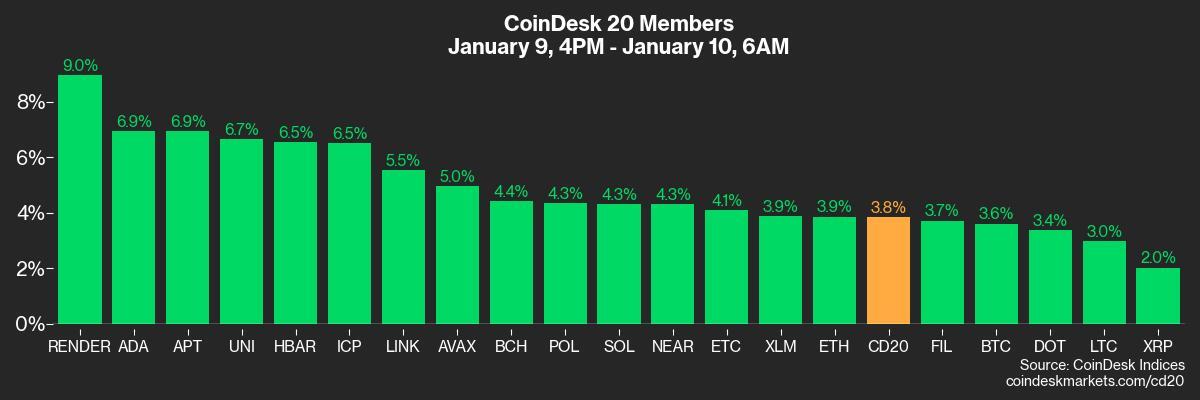
DXY is unchanged at 109.18
Gold is up 0.91% at $2,708.1/oz
Silver is up 1.3% to $31.19/oz
Nikkei 225 closed -1.05% at 39,190.4
Hang Seng closed -0.92% at 19,064.29
FTSE is down 0.18% at 8,304.75
Euro Stoxx 50 is up 0.19% at 5,027.38
DJIA closed on Thursday +0.25% at 42,635.20
S&P 500 closed +0.16% at 5,918.25
Nasdaq closed +0.83% at 19,480.91
S&P/TSX Composite Index closed unchanged at 19,478.88
S&P 40 Latin America closed +0.27% at 2,210.99
U.S. 10-year Treasury is up 2 bps at 4.71%
E-mini S&P 500 futures are unchanged at 5,948.00
E-mini Nasdaq-100 futures are unchanged at 21,313.75
E-mini Dow Jones Industrial Average Index futures are unchanged at 42,846.0
Bitcoin Stats:
BTC Dominance: 58.02
Ethereum to bitcoin ratio: 0.034
Hashrate (seven-day moving average): 772 EH/s
Hashprice (spot): $54.3
Total Fees: 6.6 BTC/ $653,353
CME Futures Open Interest: 497,207 BTC
BTC priced in gold: 35.2 oz
BTC vs gold market cap: 10.09%
Technical Analysis
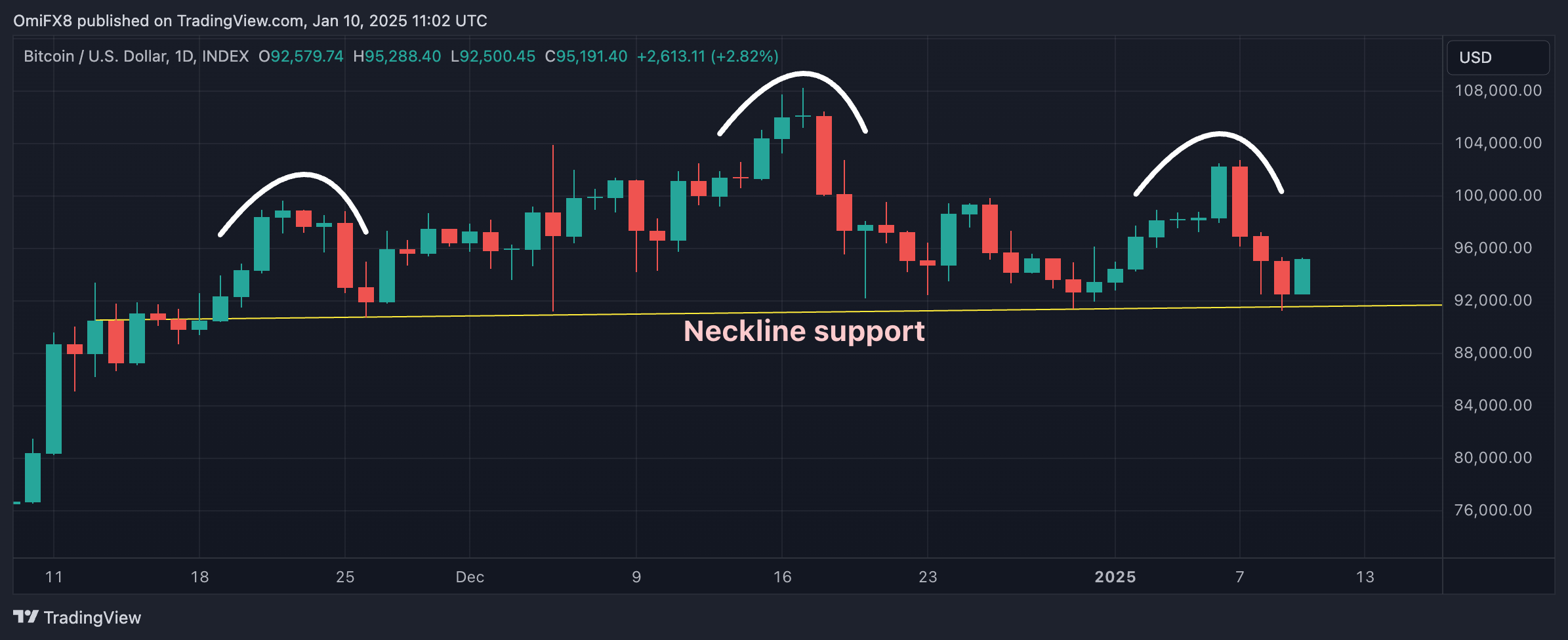
BTC has bounced to $95K, having held the head-and-shoulders (H&S) neckline support Thursday.
Prices need to move above $102,750, the lower high or the right shoulder created Monday to signal a renewed bullish outlook.
A UTC close under the horizontal support line would confirm the H&S top and shift focus to deeper support at $75,000.
Crypto Equities
MicroStrategy (MSTR): closed on Thursday at $331.7 (-2.85%), up 2.03% at $338.44 in pre-market.
Coinbase Global (COIN): closed at $260.01(-1.63%), up 0.73% at $261.91 in pre-market.
Galaxy Digital Holdings (GLXY): closed at C$26.85 (-2.79%)
MARA Holdings (MARA): closed at $18.34 (-3.83%), up 0.93% at $18.51 in pre-market.
Riot Platforms (RIOT): closed at $12.02 (-3.14%), up 0.83% at $12.12 in pre-market.
Core Scientific (CORZ): closed at $14.05 (-0.5%), up 1% at $14.19 in pre-market.
CleanSpark (CLSK): closed at $10.09 (-5.79%), up 1.09% at $10.20 in pre-market.
CoinShares Valkyrie Bitcoin Miners ETF (WGMI): closed at $23.15(-4.93%).
Semler Scientific (SMLR): closed at $50.19 (-9.14%), unchanged in pre-market.
ETF Flows
U.S. exchanges were closed on Jan.9 in a national day of mourning for former President Jimmy Carter, who passed away on December 29, 2024.
The ETF data below is from Jan.8 and remains unchanged.
Spot BTC ETFs:
Daily net flow: $676 million
Cumulative net flows: $31.70 billion
Total BTC holdings ~ 1.080 million.
Spot ETH ETFs
Daily net flow: $132.6 million
Cumulative net flows: $733.6 million
Total ETH holdings ~ 3.077 million.
Source: Farside Investors
Overnight Flows
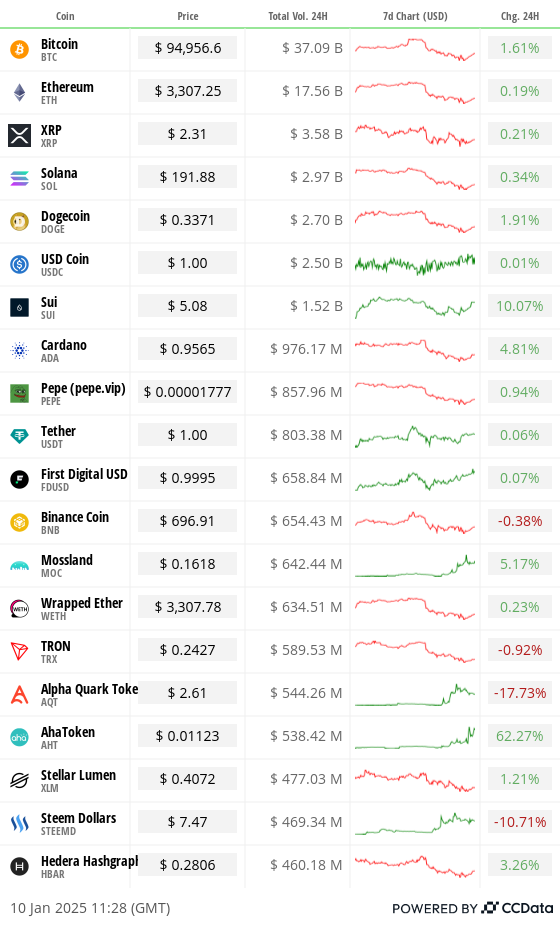
Chart of the Day
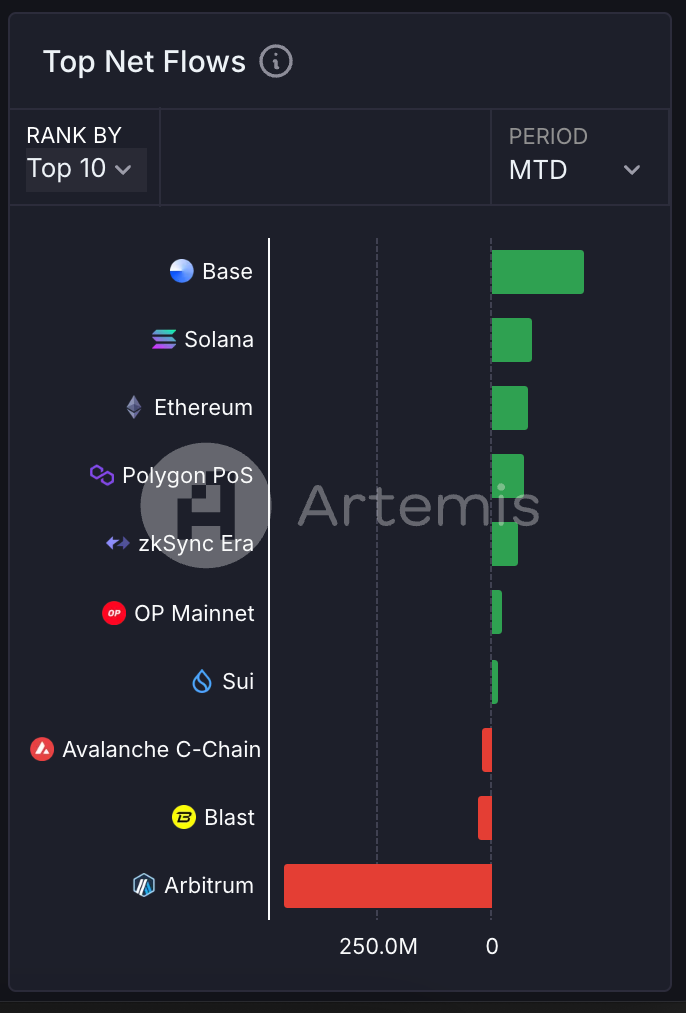
The chart shows the top 10 chains of the month in terms of the net volume of assets received using a crypto bridge.
Coinbase’s layer 2 scaling solution leads the pack with net inflows of $208 million followed by Solana’s distant second $92 million.
While You Were Sleeping
The Bitcoin Iceberg: Buyers Await Beneath the Bearish Surface (CoinDesk): Bitcoin faces selling pressure from inflation concerns, while strong bids at lower prices suggest potential stabilization. Traders and investors await the U.S. nonfarm payrolls report for Federal Reserve policy cues.
Polymarket’s Customer Data Sought by CFTC Subpoena of Coinbase, Source Says (CoinDesk): The U.S. CFTC has allegedly subpoenaed Coinbase for data on Polymarket customers amid legal battles with blockchain-powered prediction markets. Coinbase has apparently warned users it may disclose the requested information.
Standard Chartered Debuts Crypto Services in Europe With New License (Cointelegraph): On Thursday, Standard Chartered launched crypto custody services in Europe via Luxembourg, using it as an E.U. regulatory entry point under the Markets in Crypto-Assets (MiCA) framework.
China Swap Curve Inverts as Traders Dial Back Rate-Cut Bets (Bloomberg): China’s money markets anticipate delayed monetary easing to protect the yuan, deepening a rare swap curve inversion as policymakers struggle to balance currency stability and economic support.
Japan November Household Spending Falls As Price Pressures Persist (Reuters): Japan’s November spending decline eased, but rising prices and stagnant wages limit consumption recovery, leaving analysts skeptical about real wage growth or a Bank of Japan rate hike this month.
Whitehall Braced for Spending Cuts After UK Hit by Bond Market Turmoil (Financial Times): The U.K. faces rising borrowing costs as 10-year gilt yields hit 4.93%, the highest since 2008, and the pound drops to a year-low, prompting warnings of tighter government budgets.
In the Ether
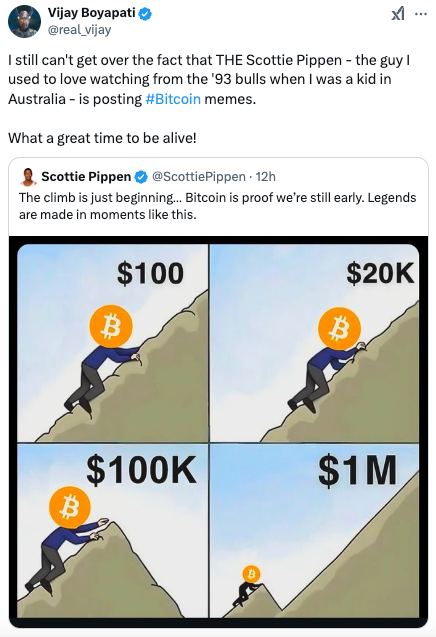

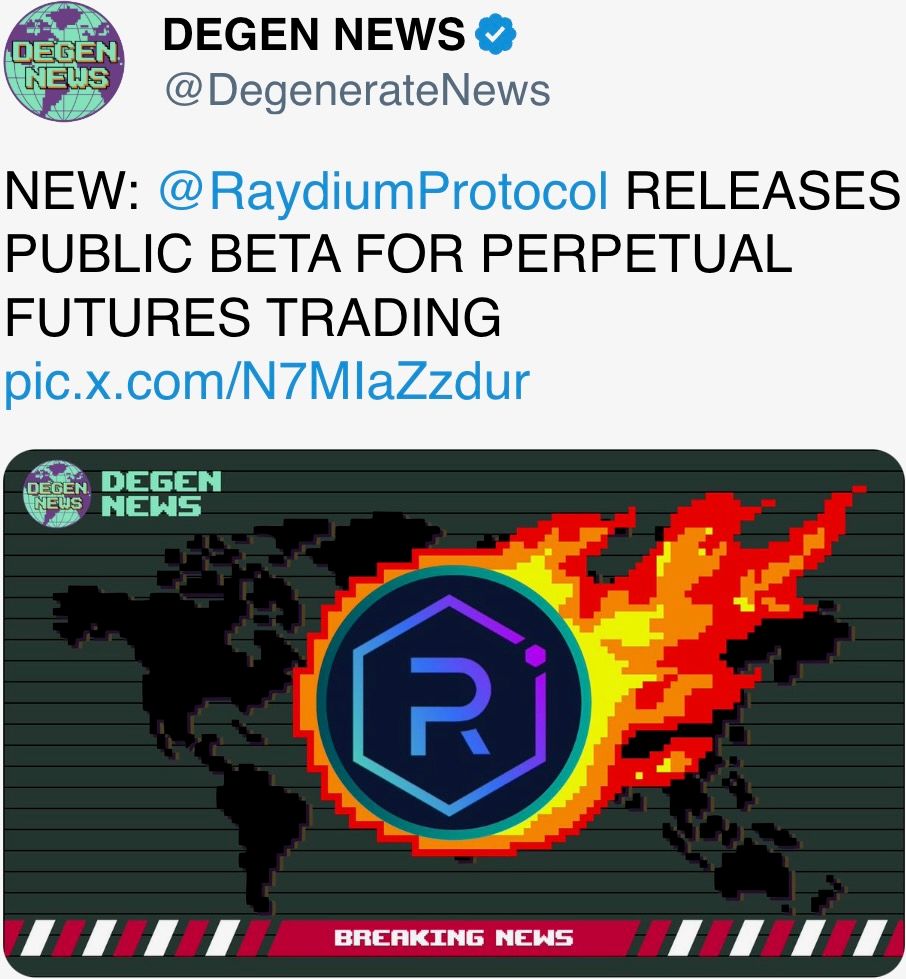
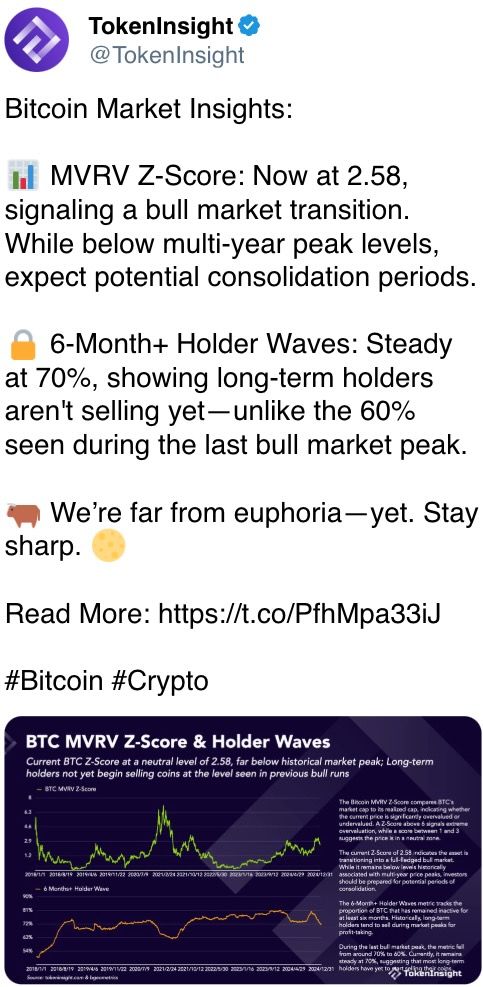
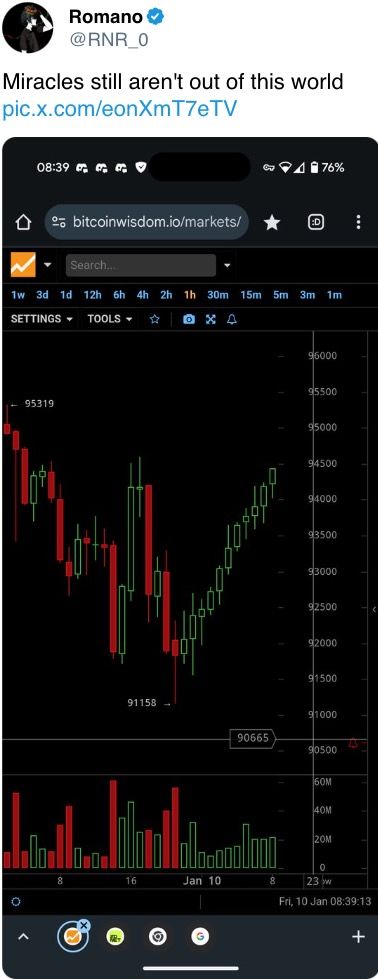
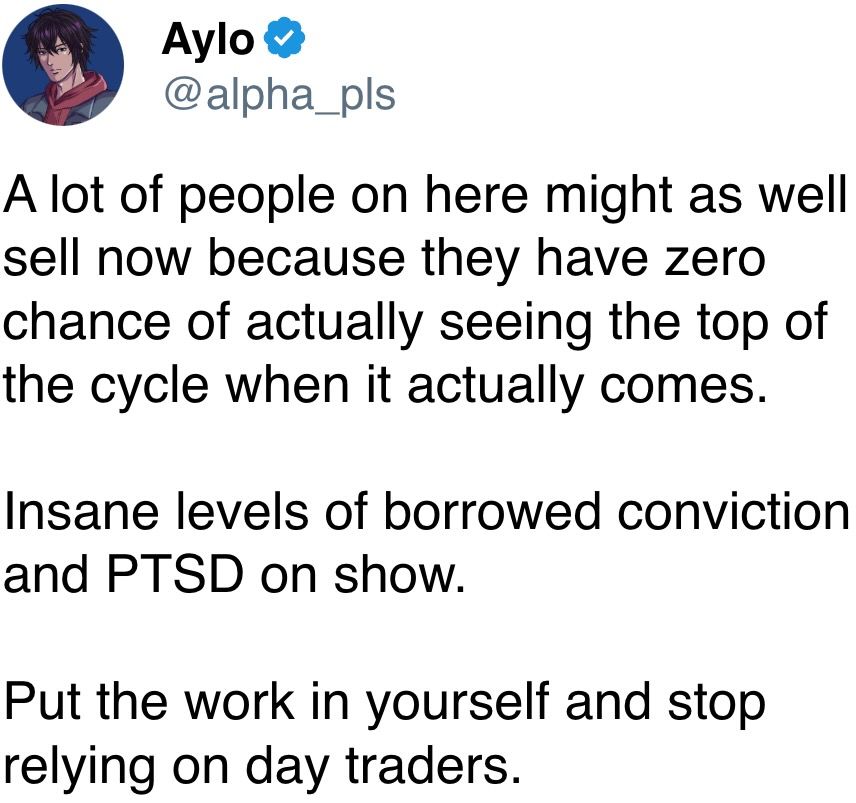
Business
AAVE Sees 64% Flash Crash as DeFi Protocol Endures ‘Largest Stress Test’

The native token of Aave (AAVE), the largest decentralized crypto lending protocol, was caught in the middle of Friday’s crypto flash crash while the protocol proved resilient in a historic liquidation cascade.
The token, trading at around $270 earlier in Friday, nosedived as much as 64% later in the session to touch $100, the lowest level in 14 months. It then staged a rapid rebound to near $240, still down 10% over the past 24 hours.
Stani Kulechov, founder of Aave, described Friday’s event as the «largest stress test» ever for the protocol and its $75 billion lending infrastructure.
The platform enables investors to lend and borrow digital assets without conventional intermediaries, using innovative mechanisms such as flash loans. Despite the extreme volatility, Aave’s performance underscores the evolving maturity and resilience of DeFi markets.
«The protocol operated flawlessly, automatically liquidating a record $180M worth of collateral in just one hour, without any human intervention,» Kulechov said in a Friday X post. «Once again, Aave has proven its resilience.»
Key price action:
- AAVE sustained a dramatic flash crash on Friday, declining 64% from $278.27 to $100.18 before recuperating to $240.09.
- The DeFi protocol demonstrated remarkable resilience with its native token’s 140% recovery from the intraday lows, underpinned by substantial trading volume of 570,838 units.
- Following the volatility, AAVE entered consolidation territory within a narrow $237.71-$242.80 range as markets digested the dramatic price action.
Technical Indicators Summary
- Price range of $179.12 representing 64% volatility during the 24-hour period.
- Volume surged to 570,838 units, substantially exceeding the 175,000 average.
- Near-term resistance identified at $242.80 capping rebound during consolidation phase.
Disclaimer: Parts of this article were generated with the assistance from AI tools and reviewed by our editorial team to ensure accuracy and adherence to our standards. For more information, see CoinDesk’s full AI Policy.
Business
Blockchain Will Drive the Agent-to-Agent AI Marketplace Boom

AI agents, software systems that use AI to pursue goals and complete tasks on behalf of users, are proliferating. Think of them as digital assistants that can make decisions and take actions towards goals you set without needing step-by-step instructions — from GPT-powered calendar managers to trading bots, the number of use cases is expanding rapidly. As their role expands across the economy, we have to build the right infrastructure that will allow these agents to communicate, collaborate and trade with one another in an open marketplace.
Big tech players like Google and AWS are building early marketplaces and commerce protocols, but that raises the question: will they aim to extract massive rents through walled gardens once more? Agents’ capabilities are clearly rising, almost daily, with the arrival of new models and architectures. What’s at risk is whether these agents will be truly autonomous.
Autonomous agents are valuable because they unlock a novel user experience: a shift from software as passive or reactive tools to active and even proactive partners. Instead of waiting for instructions, they can anticipate needs, adapt to changing conditions, and coordinate with other systems in real time, without the user’s constant input or presence. This autonomy in decision-making makes them uniquely suited for a world where speed and complexity outpace human decision-making.
Naturally, some worry about what greater decision-making autonomy means for work and accountability — but I see it as an opportunity. When agents handle repetitive, time-intensive tasks and parallelize what previously had to be done in sequence, they expand our productive capacity as humans — freeing people to engage in work that demands creativity, judgment, composition and meaningful connection. This isn’t make-believe, humanity has been there before: the arrival of corporations allowed entrepreneurs to create entirely new products and levels of wealth previously unthought of. AI agents have the potential to bring that capability to everyone.
On the intelligence side, truly autonomous decision-making requires AI agent infrastructure that is open source and transparent. OpenAI’s recent OSS release is a good step. Chinese labs, such as DeepSeek (DeepSeek), Moonshot AI (Kimi K2) and Alibaba (Qwen 3), have moved even quicker.
However, autonomy is not purely tied to intelligence and decision making. Without resources, an AI agent has little means to enact change in the real world. Hence, for agents to be truly autonomous they need to have access to resources and self-custody their assets. Programmable, permissionless, and composable blockchains are the ideal substrate for agents to do so.
Picture two scenarios. One where AI agents operate within a Web 2 platform like AWS or Google. They exist within the limited parameters set by these platforms in what is essentially a closed and permissioned environment. Now imagine a decentralized marketplace that spans many blockchain ecosystems. Developers can compose different sets of environments and parameters, therefore, the scope available to AI agents to operate is unlimited, accessible globally, and can evolve over time. One scenario looks like a toy idea of a marketplace, and the other is an actual global economy.
In other words, to truly scale not just AI agent adoption, but agent-to-agent commerce, we need rails that only blockchains can offer.
The Limits of Centralized Marketplaces
AWS recently announced an agent-to-agent marketplace aimed at addressing the growing demand for ready-made agents. But their approach inherits the same inefficiencies and limitations that have long plagued siloed systems. Agents must wait for human verification, rely on closed APIs and operate in environments where transparency is optional, if it exists at all.
To act autonomously and at scale, agents can’t be boxed into closed ecosystems that restrict functionality, pose platform risks, impose opaque fees, or make it impossible to verify what actions were taken and why.
Decentralization Scales Agent Systems
An open ecosystem allows for agents to act on behalf of users, coordinate with other agents, and operate across services without permissioned barriers.
Blockchains already offer the key tools needed. Smart contracts allow agents to perform tasks automatically, with rules embedded in code, while stablecoins and tokens enable instant, global value transfers without payment friction. Smart accounts, which are programmable blockchain wallets like Safe, allow users to restrict agents in their activity and scope (via guards). For instance, an agent may only be allowed to use whitelisted protocols. These tools allow AI agents not only to behave expansively but also to be contained within risk parameters defined by the end user. For example, this could be setting spending limits, requiring multi-signatures for approvals, or restricting agents to whitelisted protocols.
Blockchain also provides the transparency needed so users can audit agent decisions, even when they aren’t directly involved. At the same time, this doesn’t mean that all agent-to-agent interactions need to happen onchain. E.g. AI agents can use offchain APIs with access constraints defined and payments executed onchain.
In short, decentralized infrastructure gives agents the tools to operate more freely and efficiently than closed systems allow.
It’s Already Happening Onchain
While centralized players are still refining their agent strategies, blockchain is already enabling early forms of agent-to-agent interaction. Onchain agents are already exhibiting more advanced behavior like purchasing predictions and data from other agents. And as more open frameworks emerge, developers are building agents that can access services, make payments, and even subscribe to other agents — all without human involvement.
Protocols are already implementing the next step: monetization. With open marketplaces, people and businesses are able to rent agents, earn from specialized ones, and build new services that plug directly into this agent economy. Customisation of payment models such as subscription, one-off payments, or bundled packages will also be key in facilitating different user needs. This will unlock an entirely new model of economic participation.
Why This Distinction Matters
Without open systems, fragmentation breaks the promise of seamless AI support. An agent can easily bring tasks to completion if it stays within an individual ecosystem, like coordinating between different Google apps. However, where third-party platforms are necessary (across social, travel, finance, etc), an open onchain marketplace will allow agents to programmatically acquire the various services and goods they need to complete a user’s request.
Decentralized systems avoid these limitations. Users can own, modify, and deploy agents tailored to their needs without relying on vendor-controlled environments.
We’ve already seen this work in DeFi, with DeFi legos. Bots automate lending strategies, manage positions, and rebalance portfolios, sometimes better than any human could. Now, that same approach is being applied as “agent legos” across sectors including logistics, gaming, customer support, and more.
The Path Forward
The agent economy is growing fast. What we build now will shape how it functions and for whom it works. If we rely solely on centralized systems, we risk creating another generation of AI tools that feel useful but ultimately serve the platform, not the person.
Blockchain changes that. It enables systems where agents act on your behalf, earn on your ideas, and plug into a broader, open marketplace.
If we want agents that collaborate, transact, and evolve without constraint, then the future of agent-to-agent marketplaces must live onchain.
Business
‘Largest Ever’ Crypto Liquidation Event Wipes Out 6,300 Wallets on Hyperliquid

More than 1,000 wallets on Hyperliquid were completely liquidated during the recent violent crypto sell-off, which erased over $1.23 billion in trader capital on the platform, according to data from its leaderboard.
In total, 6,300 wallets are now in the red, with 205 losing over $1 million each according to the data, which was first spotted by Lookonchain. More than 1,000 accounts saw losses of at least $100,000.
The wipeout came as crypto markets reeled from a global risk-off event triggered by U.S. President Donald Trump’s announcement of a 100% additional tariff on Chinese imports.
The move spooked investors across asset classes and sent cryptocurrency prices tumbling. Bitcoin briefly dropped below $110,000 and ether fell under $3,700, while the broader market as measured by the CoinDesk 20 (CD20) index dropped by 15% at one point.
The broad sell-off led to over $19 billion in liquidations over a 24 hours period, making it the largest single-day liquidation event in crypto history by dollar value. According to CoinGlass, the “actual total” of liquidations is “likely much higher” as leading crypto exchange Binance doesn’t report as quickly as other platforms.
Leaderboard data reviewed by CoinDesk shows the top 100 traders on Hyperliquid gained $1.69 billion collectively.
In comparison, the top 100 losers dropped $743.5 million, leaving a net profit of $951 million concentrated among a handful of highly leveraged short sellers.
The biggest winner was wallet 0x5273…065f, which made over $700 million from short positions, while the largest loser, “TheWhiteWhale,” dropped $62.5 million.
Among the victims of the flush is crypto personality Jeffrey Huang, known online as Machi Big Brother, who once launched a defamation suit against ZachXBT, losing almost the entire value of his wallet, amounting to $14 million.
«Was fun while it lasted,» he posted on X.
Adding to the uncertainty, the ongoing U.S. government shutdown has delayed the release of key economic data. Without official indicators, markets are flying blind at a time when geopolitical risk is rising.
-

 Business12 месяцев ago
Business12 месяцев ago3 Ways to make your business presentation more relatable
-

 Fashion12 месяцев ago
Fashion12 месяцев agoAccording to Dior Couture, this taboo fashion accessory is back
-

 Entertainment12 месяцев ago
Entertainment12 месяцев ago10 Artists who retired from music and made a comeback
-

 Entertainment12 месяцев ago
Entertainment12 месяцев ago\’Better Call Saul\’ has been renewed for a fourth season
-

 Entertainment12 месяцев ago
Entertainment12 месяцев agoNew Season 8 Walking Dead trailer flashes forward in time
-

 Business12 месяцев ago
Business12 месяцев ago15 Habits that could be hurting your business relationships
-

 Entertainment12 месяцев ago
Entertainment12 месяцев agoMeet Superman\’s grandfather in new trailer for Krypton
-

 Entertainment12 месяцев ago
Entertainment12 месяцев agoDisney\’s live-action Aladdin finally finds its stars





